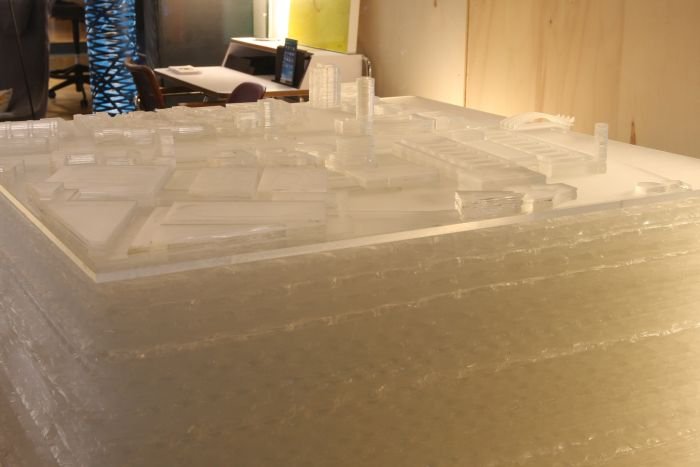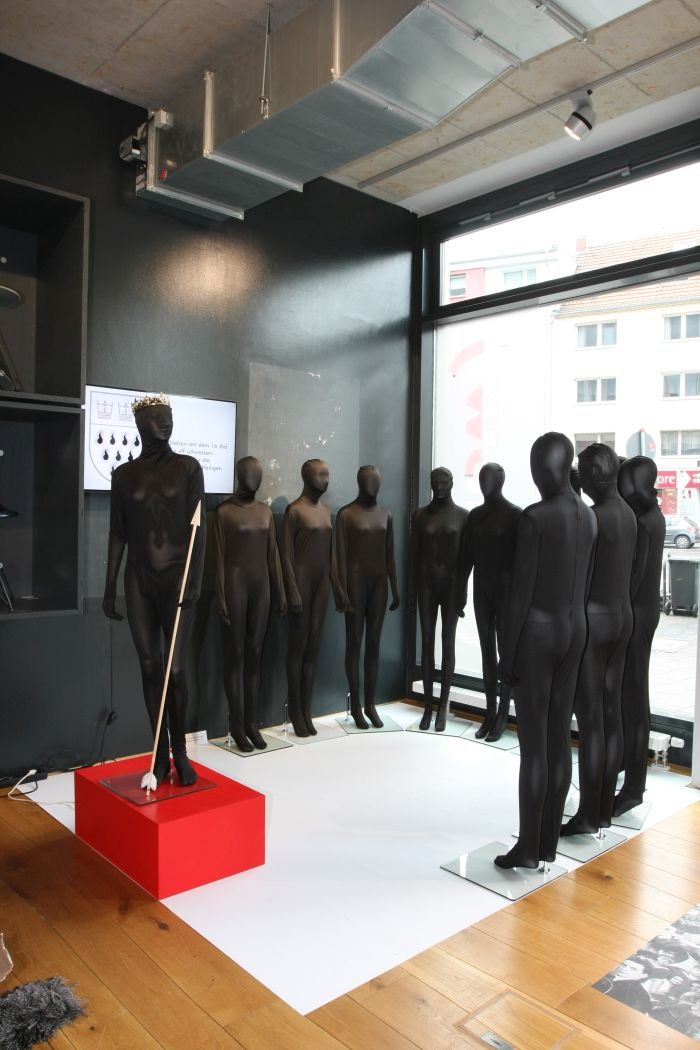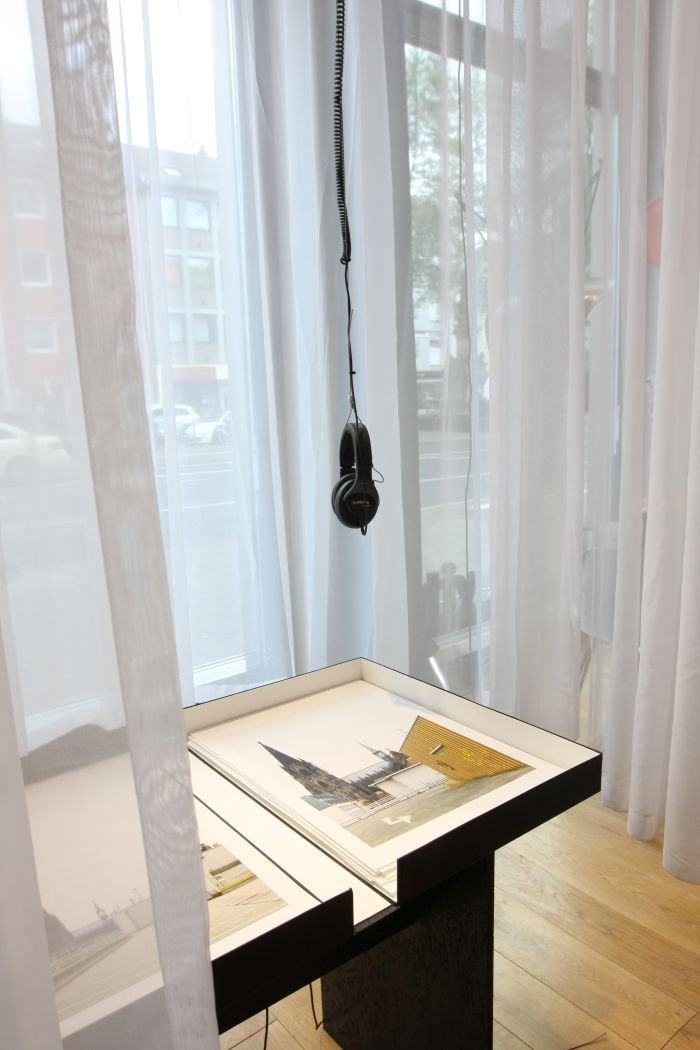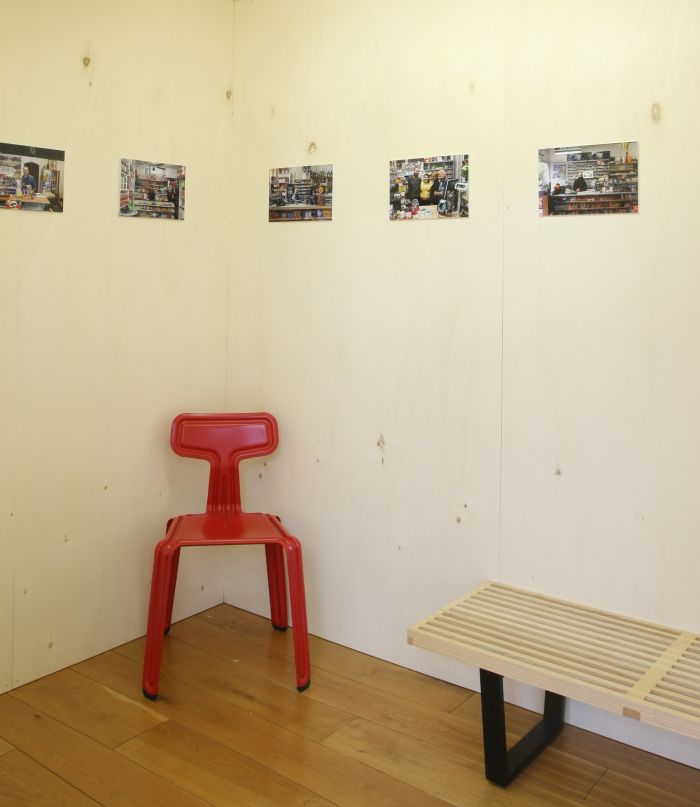How many stories can a city tell? There are the public, collective, communal stories told by its buildings, by its peoples, by its industries, by the development of its cultural institutions and through the actions of famous/infamous citizens; but there are also the myriad private, individual stories, the scurrilous, the appalling, the romantic, the comic, the tragic, the improbable, and of course the secret, whispered, ones.
At the risk of sounding like a city marketing platform, a city is the sum of its stories. And is thereby always in flux.
For Waidblicke #3 smow Cologne invited selected professional and student architects, photographers and designers to reflect on Cologne's Stadtgeschichte(n) - City (Hi)stories
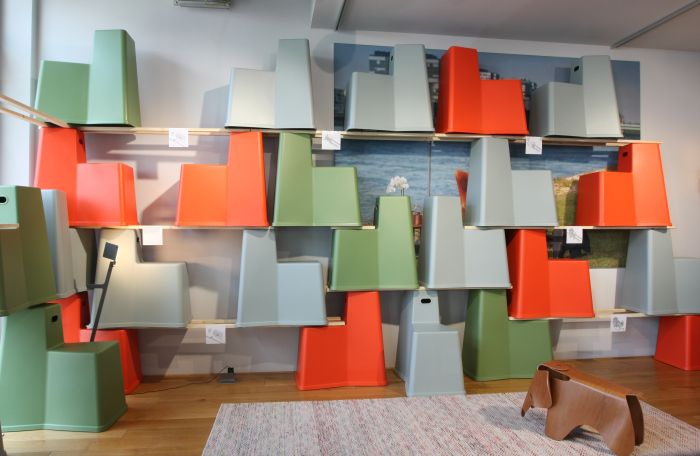
Inaugurated in 2014 as a biennale event Waidblicke takes its name from both the Waidmarkt on which smow Cologne stands and where in centuries past linen was dyed blue with Waid - woad - and on the fact that in context of the project the invited creatives each develop an installation for one of smow Cologne's many windows, and thus provide views on and from Waidmarkt.
For the inaugural Waidblicke the theme was Stadt-Land-schaff, for Waidblicke #2 in 2016 the Rhein was brought into consideration with the topic Leben(S)fluss, and for Waidblicke #3 the focus was moved from Cologne in context of its geography to Cologne in context of its (hi)story.
Or perhaps more accurately put, in context of its (hi)stories, and of which there is a lot to go with: the (hi)story of the city effectively beginning in the Middle Ages when Kölle established a central position in both the Holy Roman Empire and the Hanseatic League and thereby became an important religious, political and economic centre, positions it has held to this day, while also become an important centre of that most contemporary form of historical story telling: tourism.
For their Waidblicke installations the invited creatives made full use of the the city's long (hi)story, or perhaps better put interpretations and understanding of that (hi)story, whereby, and perhaps most pleasingly, all ignored the possibility to bring in the (hi)story of Cologne Carnival.... aahhhhh, not that we've given them an idea for Waidblicke #4......
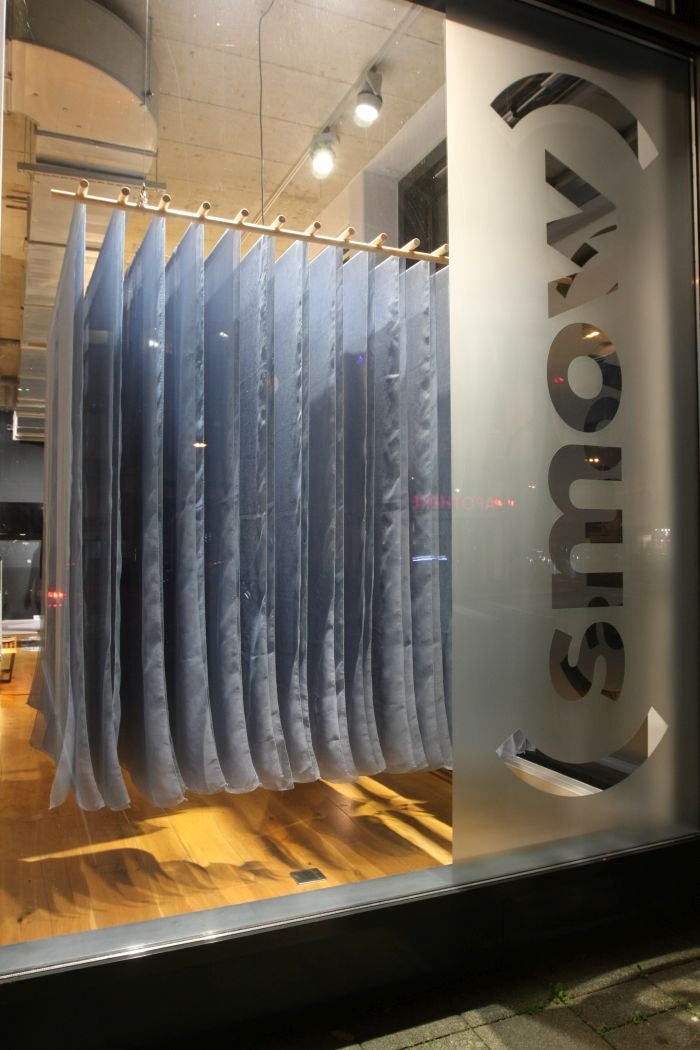
Starting from the earliest days of Cologne's history, or at least the legendary aspects of Cologne's early history, project planning and management practice Vollmer|Angeler recall and commemorate the legend of St. Ursula, the Celtic Breton Princess whose pilgrimage party, while on its return from Rome, was slaughtered by Huns at the gates of Cologne. The Prince of the Huns offered to spare Ursula if she agreed to marry him, she declined, as was murdered; her martyrdom being celebrated by the establishing of the city's St Ursula Church, and also in the 11 drops/tears in the Cologne Coat of Arms, one each for Ursula and the 10 virgins who died with her. And as Vollmer|Angeler state, Ursula "with her resistance to the abuse of power, set an early signal of courage and feminine self-determination, which continues into the present day as a strong movement."
Similarly linking the historic with contemporary, the Corporate Architecture students from Cologne Institute of Architectural Design (CIAD) developed a model of the Cologne city wall through which they discuss the development of the city, for all the architectural development of the city, and also devised a novel use for Stool-Tool by Konstantin Grcic for Vitra; while in contrast to the visible city wall two further installations consider more hidden developments, or perhaps better put, those developments which have become hidden, reflecting as they do on the layers of history to be found under Cologne. Taking a wide view, the team from Gatermann + Schossig architects focus on the city as a whole placing a model of downtown Cologne atop a wealth of transparent layers, a wealth of transparent layers which encourage viewers to reflect on the vastness, the wealth, of the history contained within; while more specifically, the architects Holger Meyer and Caspar Schmitz-Morkramer, a.k.a. meyerschmitzmorkramer have recreated a soil profile of that which can, theoretically, as in very theoretically, be found under the smow Cologne showroom, a profile which reflects the different epochs experienced by the site, including its last role as the site of a police station, complete with the drying out cells in the cellar. Imagine! An alcohol related (hi)story in context of smow Cologne....
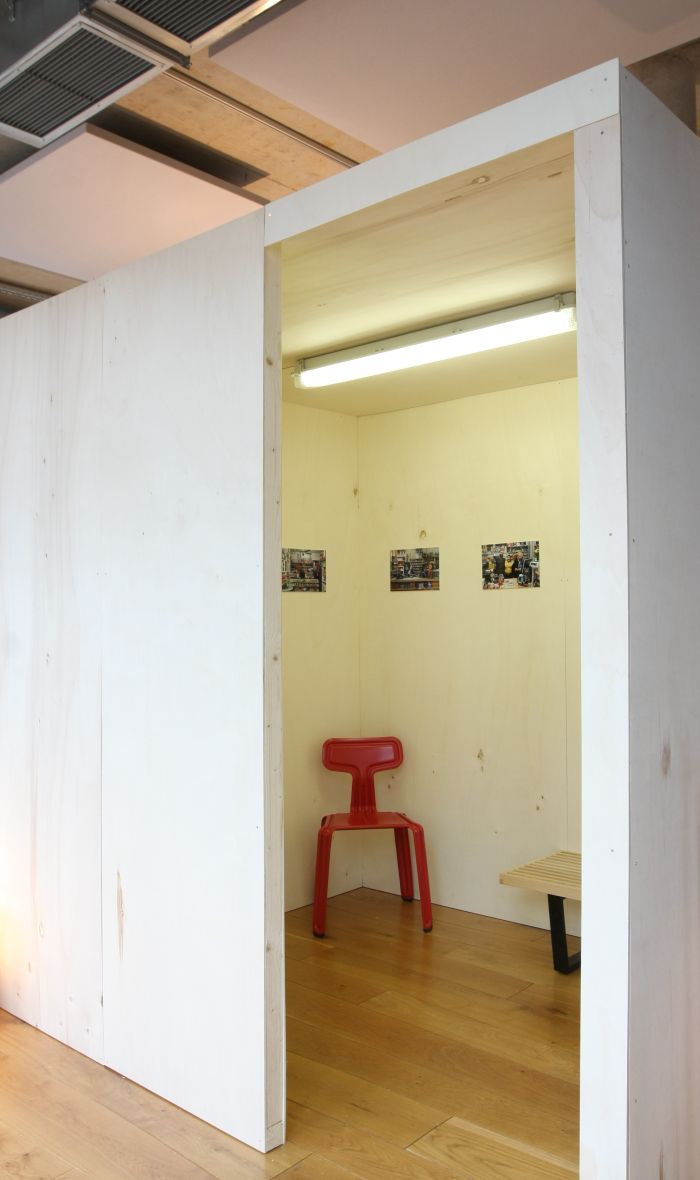
Beyond such considerations on Cologne's wider (hi)story the team from JSWD Architekten choose to reflect on a very specific, localised aspect; namely the former woad dying that traditionally took place on the contemporary Waidmarkt, and for all the final stage of the process in which the soaked linen was hung and left to let nature, and chemistry, take its course and turn the cloth blue. Is the fact that on this day the dyers could do no work the origins of the term "Blau machen", the German colloquialism for "sickie"? JSWD Architekten seem convinced. We tend more to the Monday-before-Ash-Wednesday theory,...... or are we confusing the ancient history of Lent/Easter with the more contemporary, Rheinische, history?
Stadtgeschichte(n) needn't however be historic, can be contemporary, even future focussed, and with his collection of photos of and from the upper decks of Cologne car parks architecture photographer Constantin Meyer reflects on more recent, and future, chapters of the city's (hi)story as told by its urban planning, while in concentrating on mobility in Cologne nicely highlights the wide number of varying factors which define the development of any city; as does, in many regards, smow Cologne's own contribution to Waidblicke, an installation devoted to the city's Büdchen. In Köln, as in most city's, small independent shops struggle against not only the increasing number of large supermarket chains encroaching into urban spaces, but also evolving demographics, social practices and urban planning which all to often sees them either physically forced out by reconstruction or priced out by gentrification. For the project smow Cologne's student assistant, Lotta Henrich interviewed Büdchen owners and presents them and their (hi)stories in words and pictures. In a Büdchen. Without the Kölsch. Although, it is almost 11.1.1........
Waidblicke #3 runs at smow Cologne, Waidmarkt 11, 50676 Cologne until Wednesday November 15th, the installations can be viewed inside the Büdchen showroom during normal opening hours, and from outside 24/7.
Full details can be found at waidblicke.de

